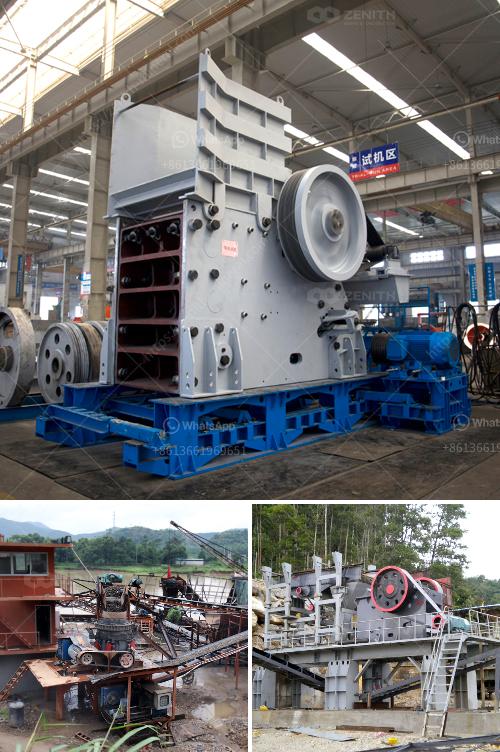Investing in crushing machines requires careful consideration and planning. Here's a step-by-step guide to help you through the process:
1. Market Research
- Demand Analysis: Understand the demand for crushed materials in your target market. Identify industries such as construction, mining, and recycling that require crushing machines.
- Competitor Analysis: Research existing companies offering crushing services or machines. Assess their strengths and weaknesses to find your competitive edge.
2. Types of Crushing Machines
- Jaw Crushers: Ideal for primary crushing.
- Cone Crushers: Suitable for secondary and tertiary crushing.
- Impact Crushers: Best for medium to soft materials.
- Gyratory Crushers: Used for heavy-duty crushing operations.
3. Budget Planning
- Initial Investment: Calculate the cost of purchasing or leasing crushing machines. Consider new vs. used options.
- Operational Costs: Include maintenance, repairs, fuel or electricity, and labor costs.
- Financing Options: Explore loans, leases, or partnerships.
4. Regulatory Compliance
- Permits and Licenses: Secure necessary permits and licenses to operate crushing machines.
- Environmental Regulations: Ensure compliance with local environmental laws to avoid penalties.
5. Supplier Evaluation
- Reputation and Reliability: Choose reputable suppliers known for high-quality machines and after-sales service.
- Warranty and Support: Check warranty terms and availability of technical support.
6. Location and Infrastructure
- Site Selection: Choose a location with easy access to raw materials and markets.
- Facilities: Invest in infrastructure such as storage areas, transport systems, and safety measures.
7. Training and Staffing
- Skilled Workforce: Hire trained operators and technicians or invest in training programs.
- Safety Training: Implement comprehensive safety protocols to protect your workforce.
8. Technology and Innovation
- Automated Systems: Invest in advanced crushing machines with automation and real-time monitoring.
- Upgrades: Stay updated with the latest technological advancements to maintain efficiency and competitiveness.
9. Marketing and Sales
- Brand Development: Create a strong brand identity for your crushing services or machines.
- Sales Channels: Develop strategic partnerships and sales channels to reach your target customers.
10. Risk Management
- Insurance: Insure your equipment and operations against potential risks.
- Contingency Planning: Develop plans for potential operational disruptions.
11. Monitoring and Optimization
- Performance Metrics: Regularly monitor machine performance and operational efficiency.
- Continuous Improvement: Implement feedback mechanisms to continuously improve your processes.
By following these steps, you can strategically invest in crushing machines and build a successful business in this industry.


